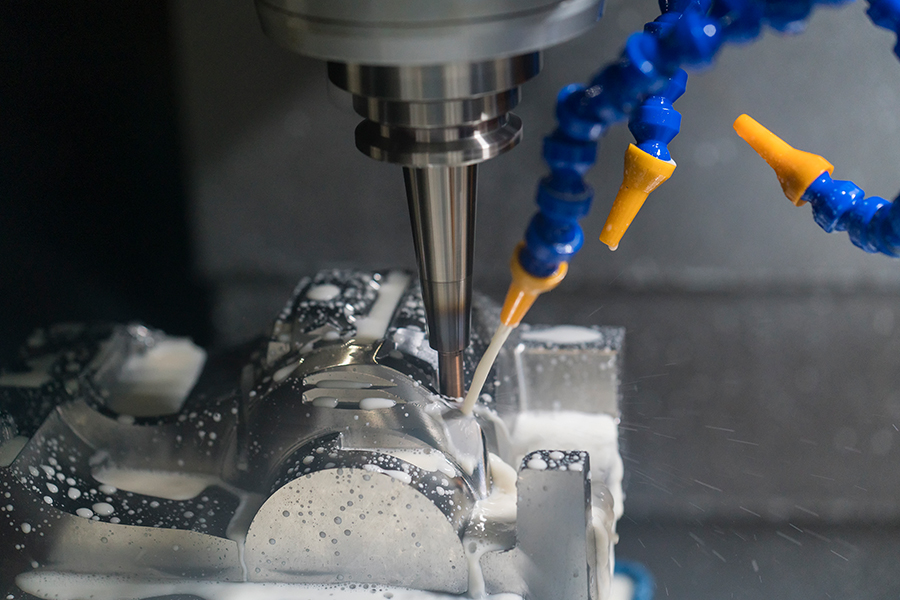When we carry out actual processing and production of CNC machining, we often encounter many processing problems. These problems will often trouble us. If we do not solve them in time, it will be difficult for them to meet the standards and requirements for subsequent processing and production. The article below will share several common problems and improvement methods in CNC machining.
The first is the overcutting of CNC machining parts, which may be caused by the incorrect selection of the tool, so we only need to follow the principle of using a knife that can be big or small, and can be short or long. When programming, the operator should add the clearance program to make the equipment allowance even. When setting the program, adjust the cutting parameters reasonably, and repair the arc at the large corner of the allowance to solve the asymmetry of the cutting allowance. Finally, adjust the speed during operation to achieve the best effect of machine tool cutting.
The second is the problem of centering. The operator’s manual operation produces errors. Therefore, after the manual operation is completed, the inspection must be repeated many times, and the centering should be at the same height and point as much as possible. Use a file to deburr around the fixture and then clean it to make the surface flat. Use a calibration table to check whether the four fixtures are vertical.
Finally, it is also the most critical and most commonly used tool setting problem. The inaccuracy of manual operation leads to inaccuracy. Therefore, after manual tool setting operation, it is necessary to repeatedly and carefully review, and the tool setting should be arranged at the same point. The clamp was installed incorrectly, so blow it with an air gun and wipe it clean before clamping. Then there is a certain error in the flying knife itself, which leads to the wrong blade on the flying knife. When installing the blade, use the same blade when measuring the tool bar and smoothing the bottom surface. Errors will also occur between different tools, so a tool setting program should be compiled separately to avoid the main difference between the tools.
1) Crack of the workpiece
The rupture of the workpiece is divided into: wall rupture and bottom rupture. The reason for the rupture of the wall is that the shape and size of the blank material are unreasonable and the excess material is too much. The bottom rupture is caused by the deformation degree exceeding the allowable deformation degree of the material, or the deformation force is too large and exceeding the bearing capacity of the material. The solution is to accurately calculate the blank size, reasonably determine the blank shape, process parameters and die circle. The size of the corner radius R should increase the heat treatment process.
2) The surface of the workpiece is scratched, and the wear of the CNC machining punch fixture
This is mainly caused by high speed, too much pressure, relatively high temperature, rough surface of the fixture, and sticking. The solution is to choose a fixture material that is self-lubricating and has a smaller affinity between the mold material and the stainless steel material. Reasonable cutting oil is also very important. Generally, chlorinated paraffin + molybdenum disulfide are used as lubricants, and the effect is ideal.
The workpiece is scratched because there are burrs on the blanking blank, and the surface of the workpiece is scratched during the forming process. Therefore, it is necessary to remove the burr from the blank.
3) The cracking of the workpiece is caused by the low-temperature forming cracking of the workpiece, which is also caused by the deformation and internal stress of the workpiece. Therefore, stainless steel should be prevented from stamping and forming at 0 °C.
Related searches: cnc stainless steel, cnc machining brass, cnc machining aluminum, aluminum cnc services

